
veo-3/image-to-video
Realistic motion, dynamic camerawork, and improved physics.
Modify video inputs into synchronized 4K motion with unified audio-video generation, fast modes, and open-source access for cinematic, high-fidelity creative production.
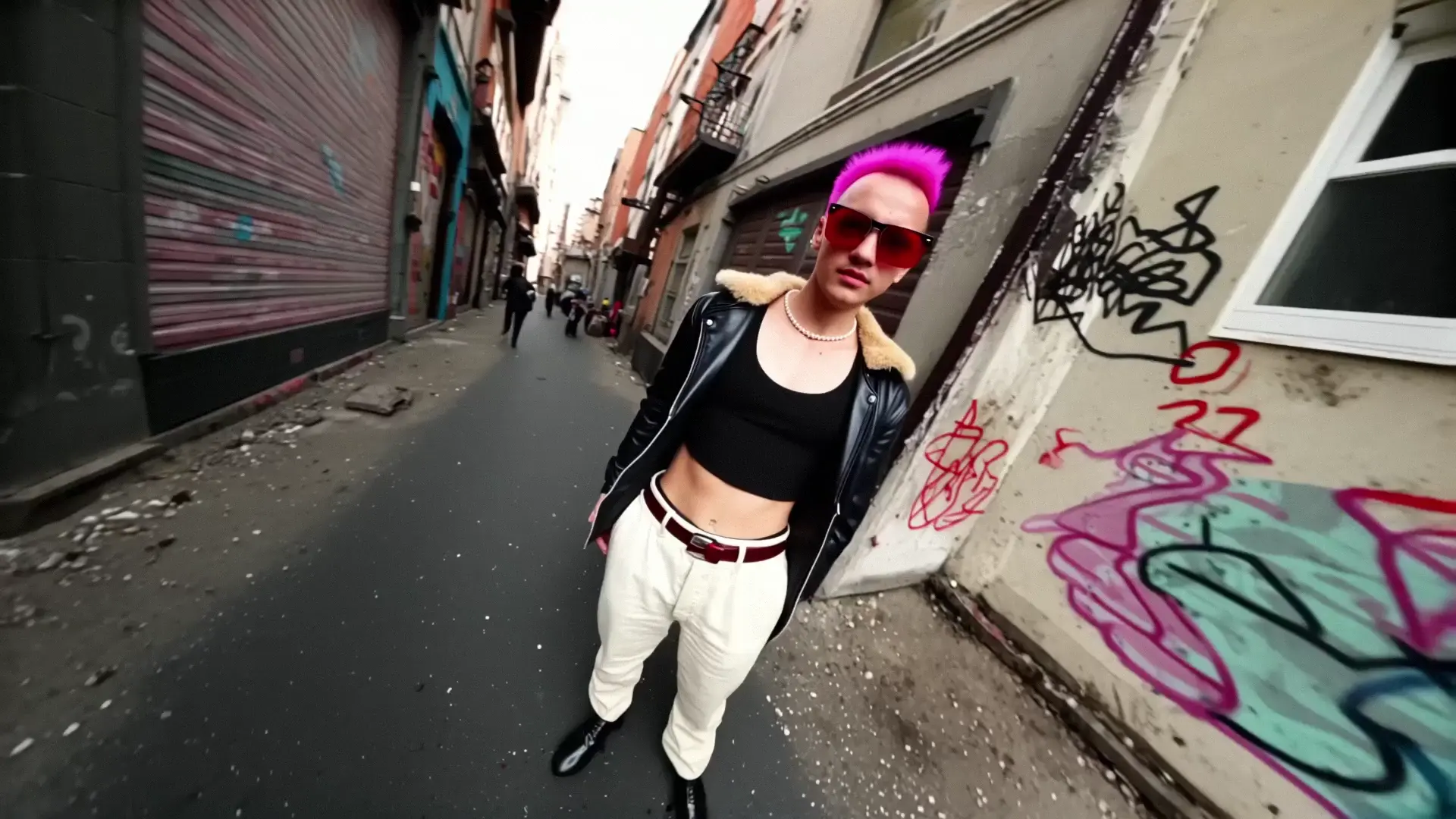
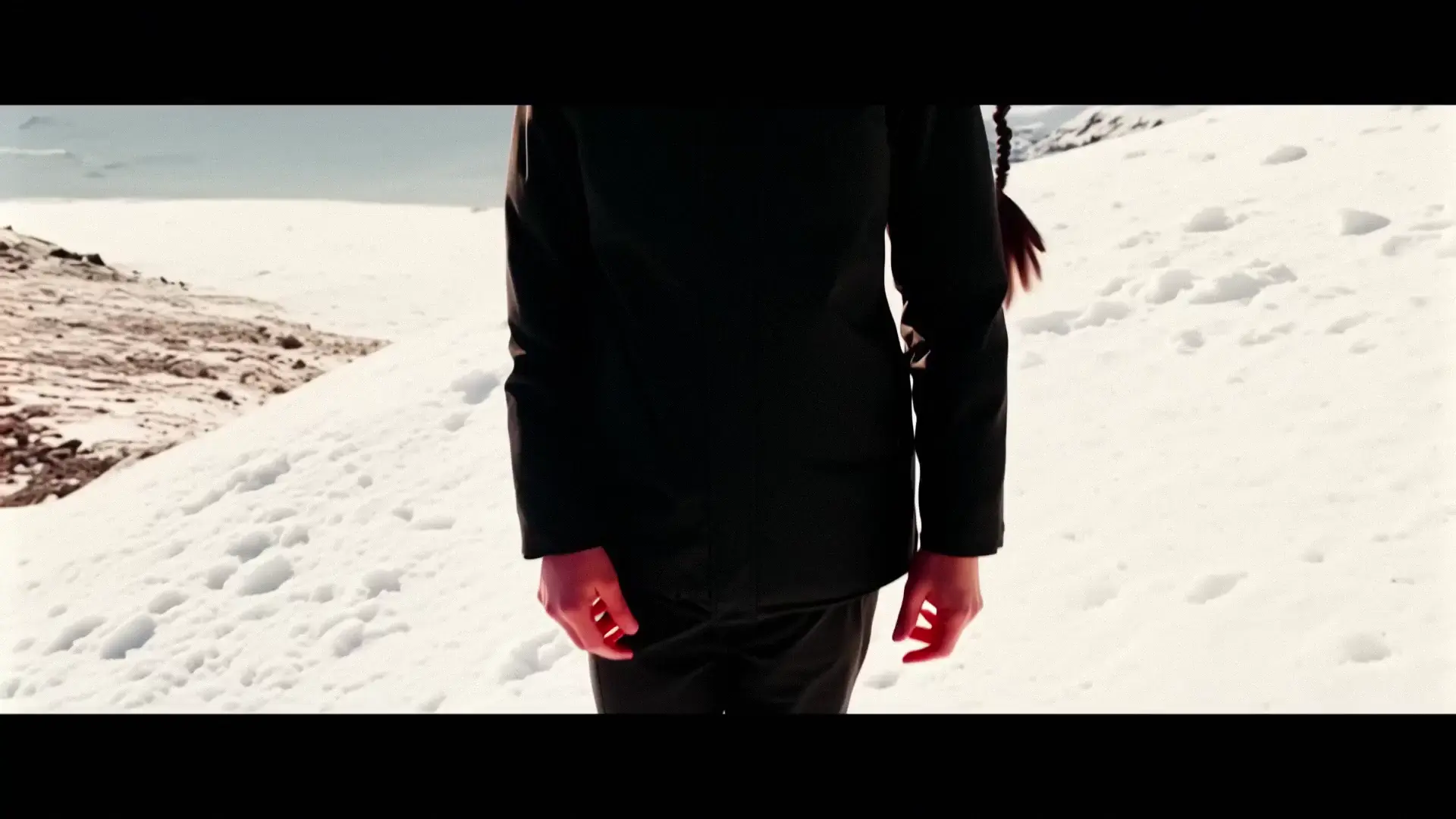
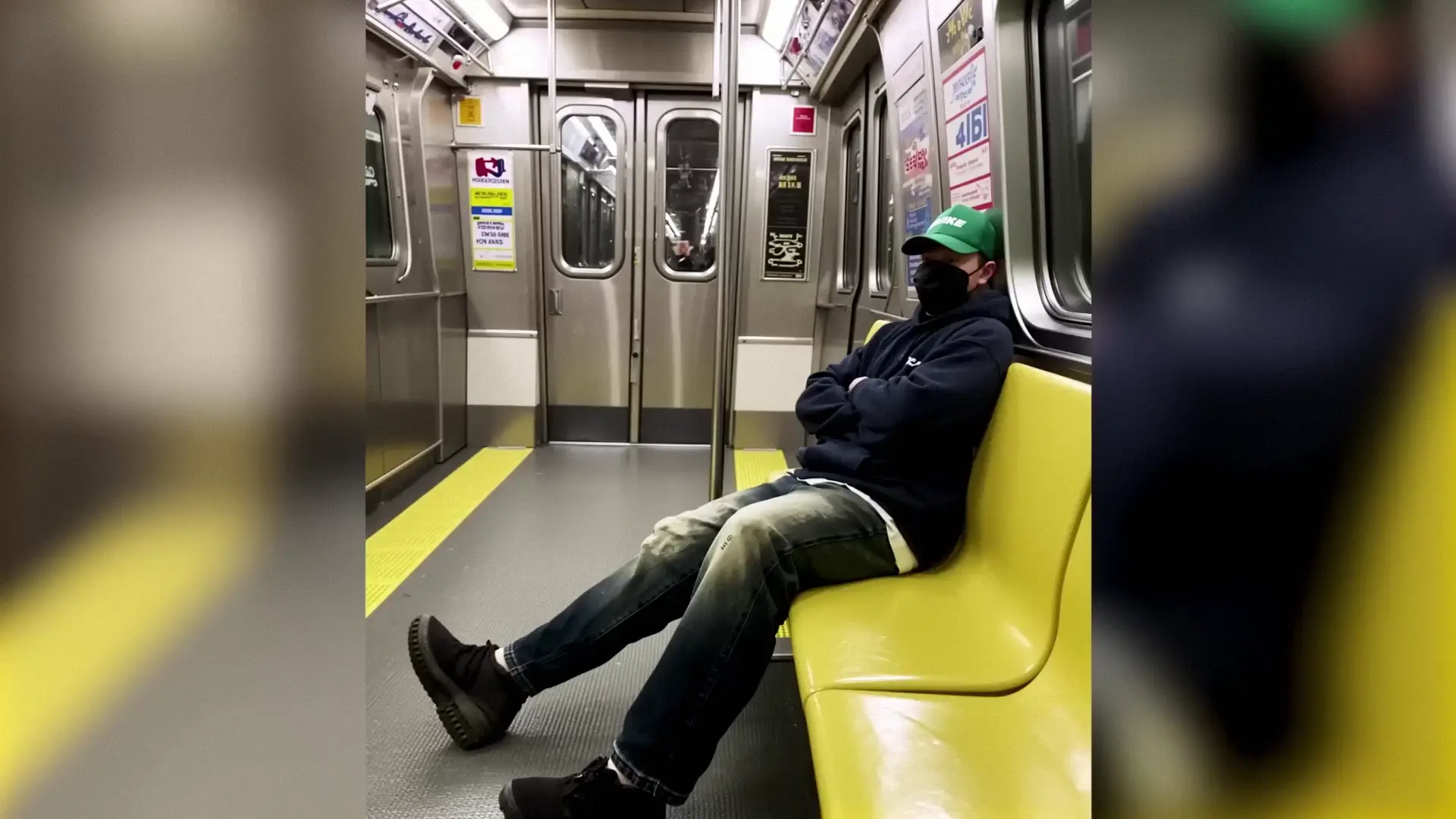

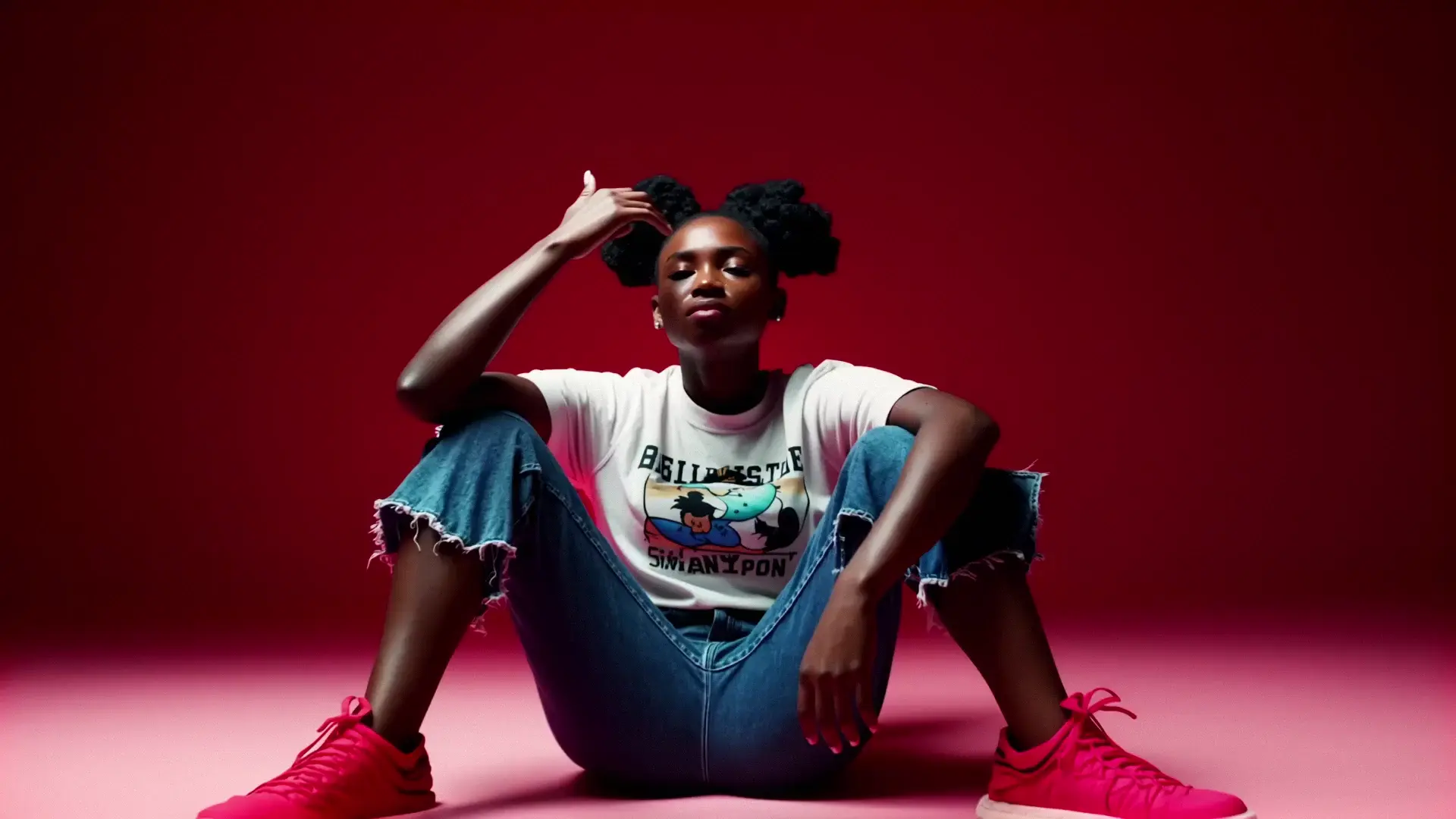
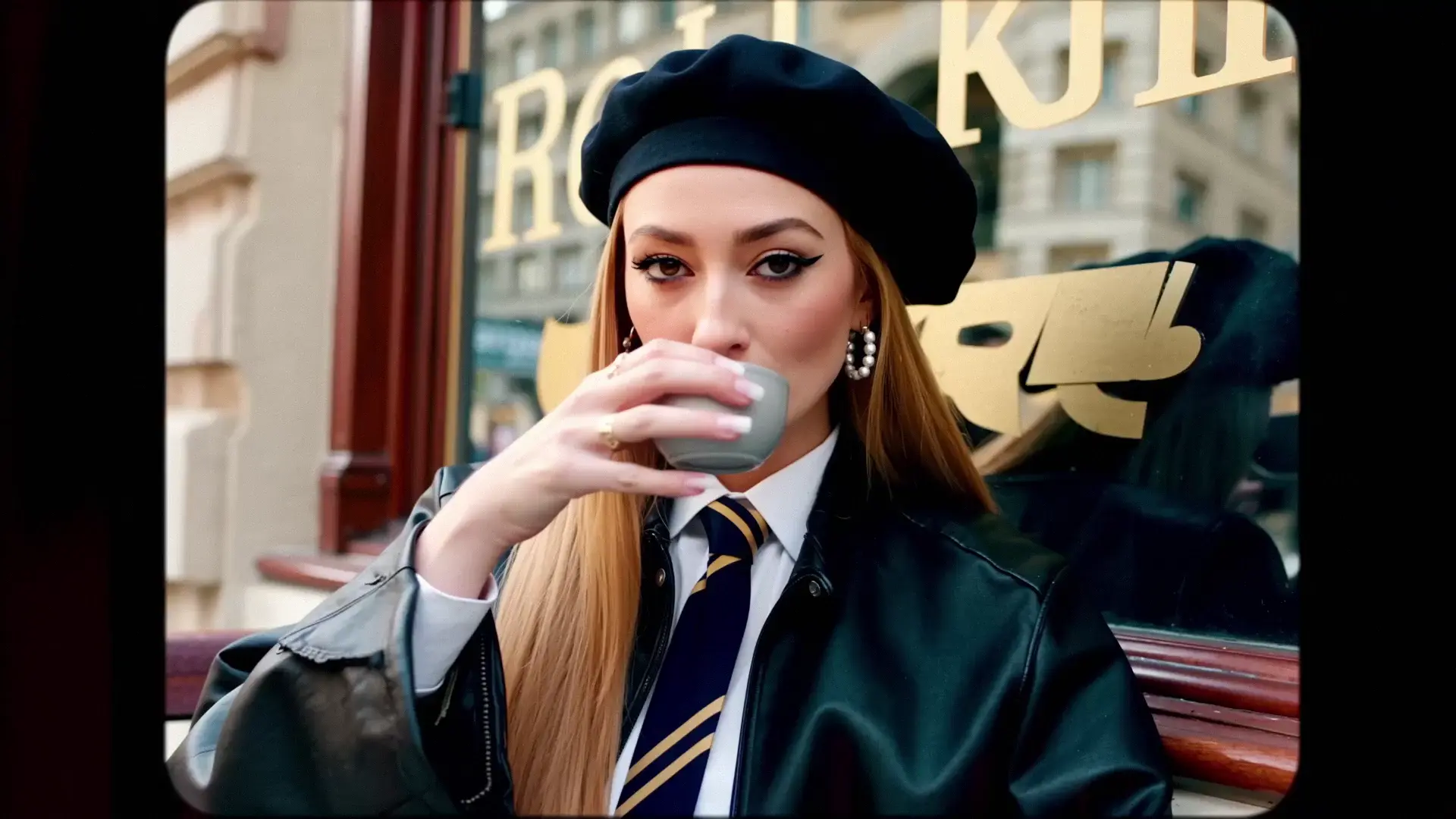
LTX 2 video retake is a high-fidelity video-to-video model built for precise retakes that preserve spatial layout, motion continuity, and scene identity. Given a source clip, LTX 2 performs targeted transformations rather than full-frame regeneration, maintaining believable structure while updating style, content, or pacing. With unified audio-video generation, LTX 2 can replace visuals, audio, or both in sync, minimizing drift across edits. Support for 4K motion and fast modes allows LTX 2 to deliver cinematic detail with production-friendly turnaround times. Granular control over start time and duration helps LTX 2 operate surgically on segments, keeping the surrounding footage intact for seamless joins. Open-source access enables teams to adapt LTX 2 to varied pipelines while retaining consistent realism and temporal stability. In complex scenes, LTX 2 balances adherence to the base camera motion with prompt-driven changes. Key capabilities:
Begin by supplying a clear video_url and a concise prompt describing the intended retake; specify what to change and what to preserve so LTX 2 video retake targets the correct region. Use start_time and duration to define the exact segment, allowing LTX 2 to work nondestructively within in-out boundaries. Choose retake_mode to replace_audio, replace_video, or replace_audio_and_video; LTX 2 will synchronize timing and maintain alignment with the source. For visual edits, describe motion, style, and camera cues; for audio edits, provide timing or dialogue intent so LTX 2 video retake can align delivery and ambience. Iterate with concise refinements and, when needed, provide references to guide color, texture, or mood while LTX 2 preserves the original scene geometry. When upscaling or finishing, keep shot cadence and edit points consistent so LTX 2 video retake can render transitions cleanly. Example prompts and cases:

Realistic motion, dynamic camerawork, and improved physics.

Transform speech into lifelike video avatars with expressive, synced motion.

Generate fast, high quality videos from text with Kling 2.5 Turbo.

Refined AI visuals, real-time control, and pro FX for creators

Add a person or object into an existing video with smart compositing.

Animate images into lifelike videos with smooth motion and visual precision for creators.
LTX 2 is an open-source AI video foundation model developed by Lightricks that enables users to generate and edit high-resolution clips. Its video-to-video function allows creators to transform existing footage into new output styles or sequences while maintaining motion consistency and synchronized audio.
LTX 2 introduces unified audio-video generation in one pass, unlike older models that required separate audio stitching. The video-to-video mode in LTX 2 also supports multi-keyframe conditioning, achieving both higher fidelity and smoother transitions compared to earlier releases.
LTX 2 itself is open source, but access through Runcomfy’s playground platform requires user credits. Each video-to-video generation consumes credits based on duration and chosen performance mode—Fast, Pro, or Ultra—with free trial credits available for new users.
LTX 2 supports a range of input modalities, allowing users to upload text prompts, images, depth maps, or short videos. The video-to-video mode is particularly flexible, letting creators refine existing footage with custom styles, camera movement, and sound synchronization.
LTX 2 is ideal for creators, studios, and designers in fields like marketing, VFX, film, or gaming. Its video-to-video capabilities help these users efficiently craft storyboards, branded content, and cinematic sequences with production-level output and reduced overhead.
Thanks to native 4K generation and up to 50 fps output, LTX 2 delivers superior fidelity. Its video-to-video engine can reproduce fine motion details, synchronized sound, and consistent color tone, producing results that rival or exceed most closed-source alternatives.
LTX 2 is designed with optimized compute efficiency that lowers the cost of generation by up to 50% over comparable models. Users can choose between Fast, Pro, or Ultra modes in the video-to-video pipeline depending on how they balance cost and fidelity.
Yes, LTX 2 is built for accessibility, running efficiently on consumer-grade GPUs. Even in video-to-video tasks, the lightweight architecture ensures smooth processing without the need for server-grade setups, making it practical for independent creators.
LTX 2 can currently produce clips of around 10 seconds with synchronized audio and video. In the video-to-video mode, longer sequences may require stitching or batching, and ultra-high-detail renders could need extended generation times or stronger GPUs.